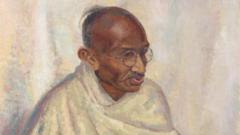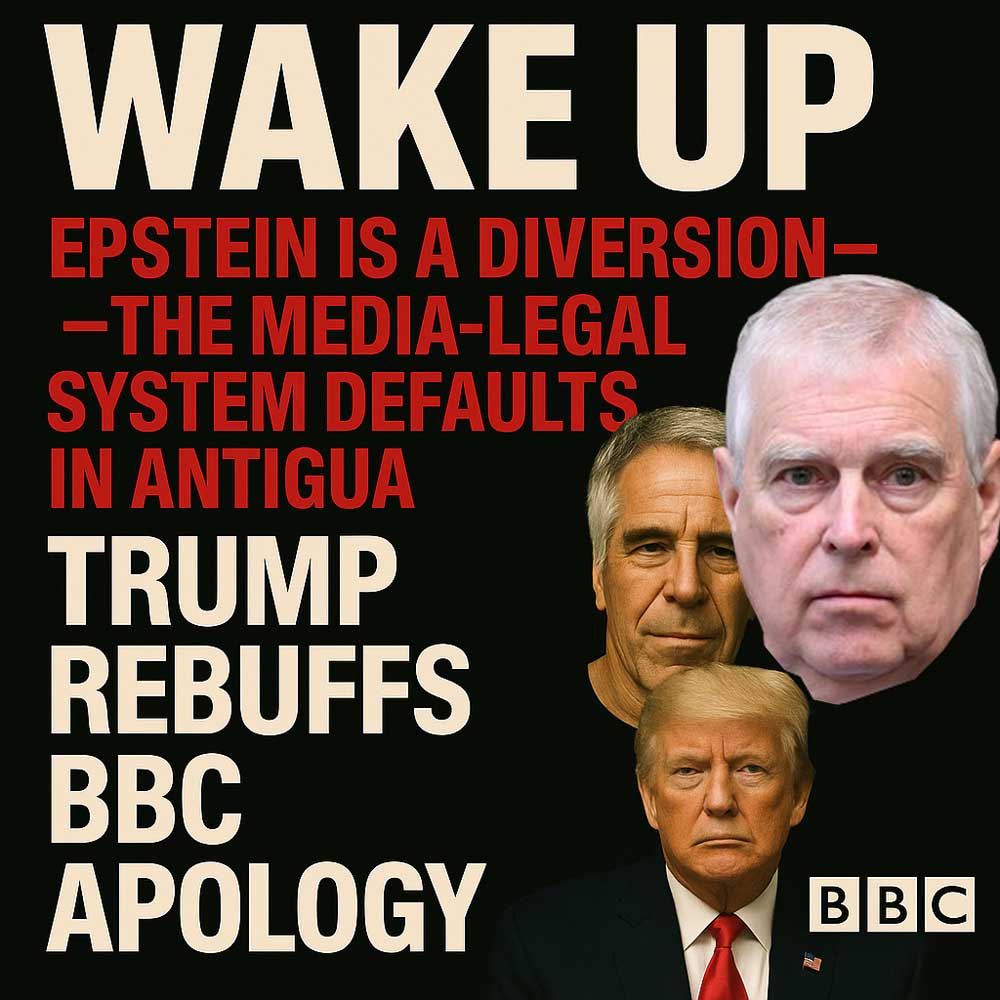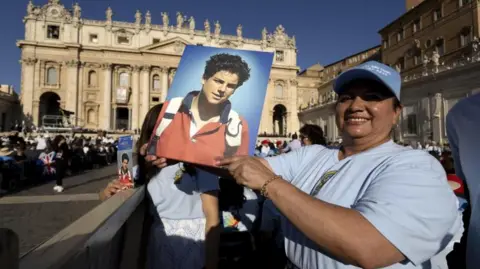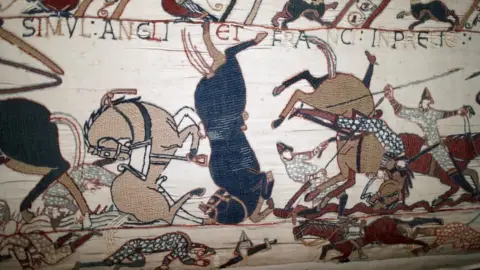The anticipation builds as Bonhams prepares to auction a rare oil portrait of Mahatma Gandhi next month in London, created by British artist Clare Leighton in 1931. Gandhi, known for leading a peaceful resistance movement against British colonial rule in India, is strongly revered by many as the "father of the nation." This portrait is particularly significant as it is considered the only oil painting that Gandhi sat for personally.
The painting was commissioned during Gandhi's visit to London for the second Round Table Conference, which aimed to discuss India’s constitutional reforms and self-governance. Caspar Leighton, a great-nephew of the artist, expressed to the BBC the significance of the piece: “This is a painting of unique historic and cultural significance. It would be great if it could be seen and appreciated more widely, whether in India or elsewhere.”
Clare Leighton was one of the few artists permitted into Gandhi’s presence, allowing her the opportunity for multiple sittings to capture his likeness. The work remained privately owned until Leighton's passing in 1989 and has been preserved in her family since.
Leighton’s portraits of Gandhi were first showcased at an exhibition at the Albany Galleries in London in November 1931, with representatives from the Indian delegation present. Although Gandhi didn’t attend, his presence loomed large through sketches including a notable charcoal work of him asleep in his office.
British journalist Winifred Holtby beautifully described the painting stating, “The little man squats bare-headed, in his blanket, one finger raised...his mouth parted for a word that is almost a smile.” Gandhi’s personal secretary, Mahadev Desai, later complimented the work, affirming its likeness to the leader.
The oil portrait largely vanished from the public eye until it was exhibited again in a 1978 showcase at Boston Public Library. However, prior to this, it appears to have endured an incident in the 1970s in the US, where the painting was reportedly damaged in an attack attributed to a right-wing activist, reflecting the controversial perception of Gandhi in certain circles. The subsequent restoration in 1974 aimed to revive the artwork's integrity.
Gandhi's assassination in 1948 by right-wing nationalist Nathuram Godse marked a turning point in Indian history, intensifying the discussions surrounding his legacy and the political tensions that followed. As the auction approaches, this portrait not only serves as a piece of art but also as a reminder of the complex history surrounding one of the world's most iconic leaders.
The painting was commissioned during Gandhi's visit to London for the second Round Table Conference, which aimed to discuss India’s constitutional reforms and self-governance. Caspar Leighton, a great-nephew of the artist, expressed to the BBC the significance of the piece: “This is a painting of unique historic and cultural significance. It would be great if it could be seen and appreciated more widely, whether in India or elsewhere.”
Clare Leighton was one of the few artists permitted into Gandhi’s presence, allowing her the opportunity for multiple sittings to capture his likeness. The work remained privately owned until Leighton's passing in 1989 and has been preserved in her family since.
Leighton’s portraits of Gandhi were first showcased at an exhibition at the Albany Galleries in London in November 1931, with representatives from the Indian delegation present. Although Gandhi didn’t attend, his presence loomed large through sketches including a notable charcoal work of him asleep in his office.
British journalist Winifred Holtby beautifully described the painting stating, “The little man squats bare-headed, in his blanket, one finger raised...his mouth parted for a word that is almost a smile.” Gandhi’s personal secretary, Mahadev Desai, later complimented the work, affirming its likeness to the leader.
The oil portrait largely vanished from the public eye until it was exhibited again in a 1978 showcase at Boston Public Library. However, prior to this, it appears to have endured an incident in the 1970s in the US, where the painting was reportedly damaged in an attack attributed to a right-wing activist, reflecting the controversial perception of Gandhi in certain circles. The subsequent restoration in 1974 aimed to revive the artwork's integrity.
Gandhi's assassination in 1948 by right-wing nationalist Nathuram Godse marked a turning point in Indian history, intensifying the discussions surrounding his legacy and the political tensions that followed. As the auction approaches, this portrait not only serves as a piece of art but also as a reminder of the complex history surrounding one of the world's most iconic leaders.




















